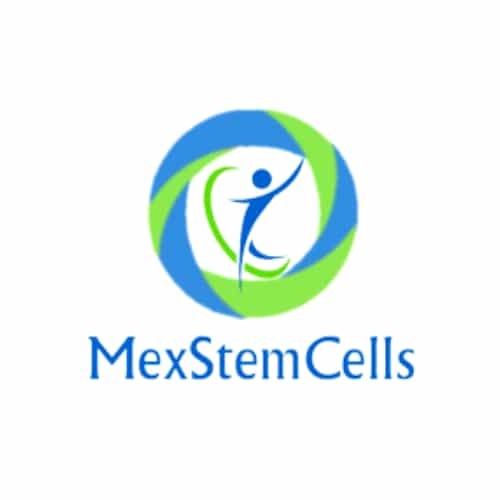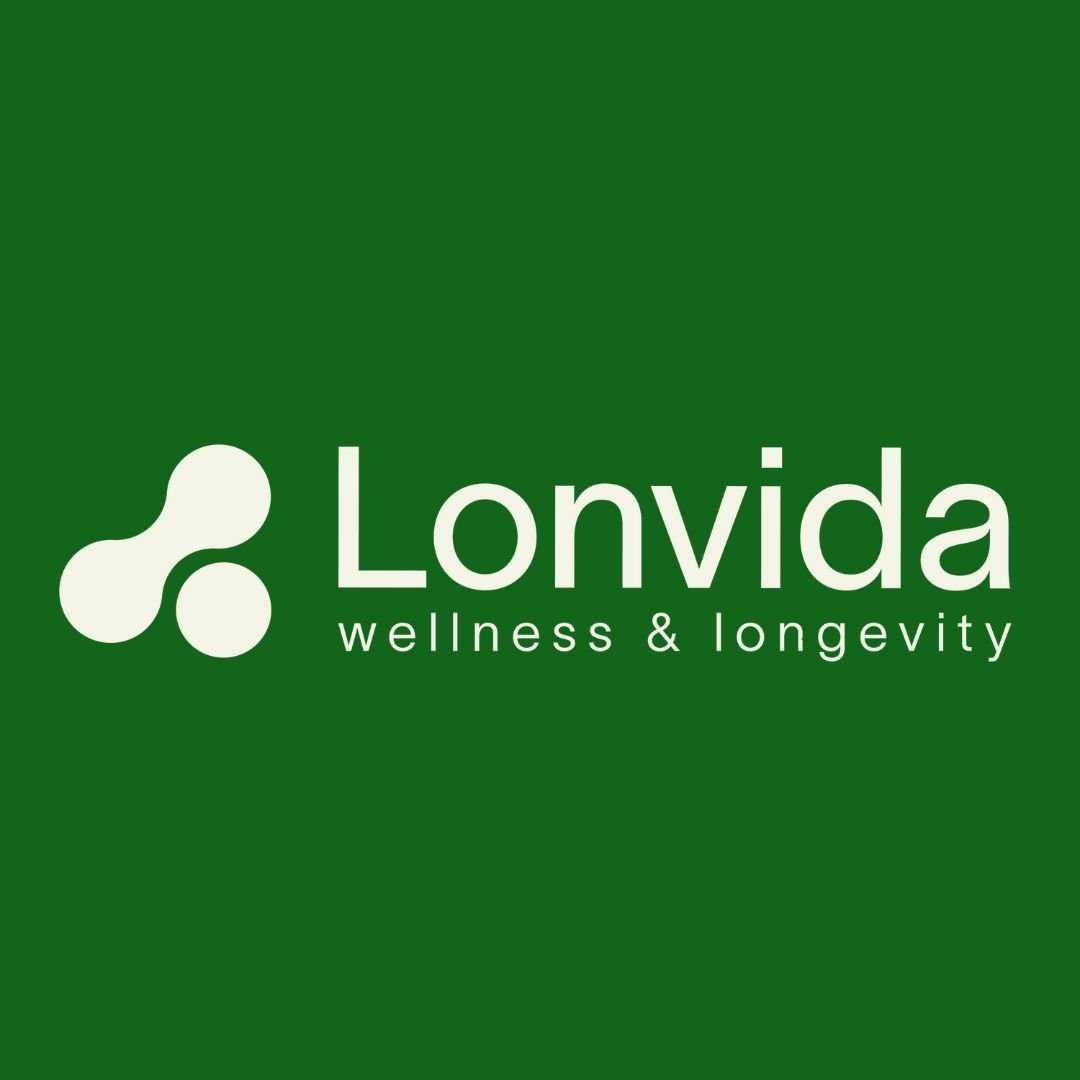Why Patients Explore Stem Cell Therapy for Hypertension in Mexico
.jpg)
Arterial hypertension, commonly known as high blood pressure, is a widespread health challenge affecting millions globally. It significantly increases the risk of heart disease, stroke, and kidney failure.
While conventional treatments effectively manage symptoms for many, some individuals struggle to achieve optimal blood pressure control, leading them to seek alternative or complementary therapies.
This pursuit has brought stem cell therapy into the spotlight, particularly in countries like Mexico, where it's offered as an innovative, yet investigational, treatment approach.
The concept of using regenerative medicine to address the underlying causes of hypertension rather than just its symptoms is gaining traction. In Mexico, clinics specializing in stem cell treatments are exploring how these powerful cells might contribute to vascular repair, reduce inflammation, and improve overall cardiovascular function.
This blog post aims to shed light on how stem cell therapy in Mexico is being utilized for arterial hypertension, addressing the most common questions and providing clarity on its potential role in managing this chronic condition.
Can stem cell therapy in Mexico help reduce arterial hypertension?
While still considered an investigational treatment, stem cell therapy in Mexico is being explored for its potential to positively impact arterial hypertension. The underlying idea is that stem cells, with their unique regenerative properties, can address some of the root causes of high blood pressure, such as vascular damage, inflammation, and endothelial dysfunction, rather than merely managing the symptoms.
Research and clinical observations suggest that stem cells may help in several ways. They can potentially regenerate damaged blood vessel linings, reduce systemic inflammation which contributes to hypertension, and modulate the immune system.
These actions could lead to improved blood vessel elasticity and function, which are crucial for maintaining healthy blood pressure levels. Patients considering this option often do so after conventional treatments have not yielded desired results.
How does stem cell therapy work to address arterial hypertension?
The mechanism by which stem cell therapy is thought to work for arterial hypertension is complex and involves several biological pathways. When introduced into the body, stem cells, particularly mesenchymal stem cells (MSCs), possess properties that can contribute to cardiovascular health improvements.
Key mechanisms include:
- Vascular Repair and Regeneration: Stem cells have the ability to differentiate into various cell types, including endothelial cells, which line blood vessels. This can help repair damage to the vascular walls, improving their elasticity and function.
- Anti-inflammatory Effects: Chronic inflammation plays a significant role in the development and progression of hypertension. Stem cells secrete various anti-inflammatory molecules that can reduce systemic inflammation, thereby easing stress on the cardiovascular system.
- Immunomodulation: Stem cells can modulate the immune system, helping to prevent autoimmune responses that might contribute to vascular damage and hypertension.
- Paracrine Effects: Stem cells release growth factors and cytokines that promote healing, stimulate the regeneration of native cells, and improve the overall microenvironment of damaged tissues. This can lead to improved blood flow and reduced vascular resistance.
What types of stem cells are commonly used for hypertension treatment?
In the context of arterial hypertension, Mesenchymal Stem Cells (MSCs) are the most frequently utilized type of stem cells in investigational therapies. MSCs are multipotent stromal cells that can differentiate into a variety of cell types, including osteoblasts (bone cells), chondrocytes (cartilage cells), and adipocytes (fat cells).
Their primary appeal for hypertension treatment stems from their strong immunomodulatory and anti-inflammatory capabilities, as well as their capacity to secrete growth factors that aid in tissue repair. MSCs can be sourced from several tissues, making them relatively accessible for therapeutic use:
- Adipose-derived Stem Cells (ADSCs): Extracted from a patient's own fat tissue through a minimally invasive liposuction procedure. These are abundant and easy to harvest.
- Umbilical Cord-derived Stem Cells (UC-MSCs): Sourced from donated umbilical cords after birth. These are considered "younger" cells, often more potent, and have low immunogenicity, meaning they are less likely to be rejected by the recipient's immune system.
- Bone Marrow-derived Stem Cells (BMSCs): Obtained from bone marrow aspiration. While effective, this method is generally more invasive than obtaining adipose or umbilical cord stem cells.
The choice of stem cell type often depends on the clinic's protocol, the patient's condition, and the specific goals of the therapy.
Is stem cell therapy for hypertension an FDA-approved treatment?
It is important to understand that stem cell therapy for arterial hypertension is not an FDA-approved treatment in the United States. The U.S. Food and Drug Administration (FDA) requires rigorous clinical trials to prove both the safety and efficacy of any new medical treatment before it can be approved for widespread use.
While ongoing research and clinical trials are exploring the potential of stem cells for various conditions, including hypertension, a definitive approval for this specific application has not been granted.
In Mexico, the regulatory environment for regenerative medicine can differ from that of the United States. This allows some clinics to offer stem cell therapies that are considered investigational elsewhere.
Patients seeking treatment in Mexico should be aware of this distinction and thoroughly research clinics to ensure they adhere to high safety and ethical standards, even within a different regulatory landscape. It is crucial to approach these treatments with realistic expectations and to understand they are not yet part of standard medical practice in many regions.
What are the potential benefits of seeking stem cell therapy in Mexico for hypertension?
Mexico has emerged as a significant destination for medical tourism, particularly in the field of regenerative medicine, offering several advantages for individuals exploring stem cell therapy for conditions like hypertension.
- Access to Innovative Treatments: Many advanced stem cell therapies, which are still in the investigational phase or not yet approved in countries like the U.S., are available in Mexico. This provides an option for patients who have exhausted conventional treatments or are seeking pioneering approaches.
- Affordability: Generally, the cost of medical procedures, including stem cell therapy, is considerably lower in Mexico compared to the United States or Canada. This cost-effectiveness makes cutting-edge treatments more accessible to a wider range of patients.
- Experienced Clinics and Specialists: Mexico boasts a growing number of clinics and medical professionals who specialize in regenerative medicine. Many of these facilities are equipped with modern technology and follow international best practices, attracting patients globally for their expertise and care standards.
- Geographic Proximity: For patients from North America, Mexico offers convenient travel with relatively short flight times, making it a practical choice for medical travel compared to other international destinations.
These factors contribute to Mexico's appeal as a hub for those interested in exploring the potential of stem cell therapy for conditions like arterial hypertension.
Are there risks associated with stem cell therapy for arterial hypertension?
While stem cell therapy holds promise, it is essential to be aware of the potential risks, as with any medical intervention. These risks can vary depending on the type of stem cells used, their source, the method of administration, and the quality of the clinic.
Commonly discussed risks include:
- Infection: Any procedure involving injections or surgical harvesting of cells carries a risk of infection at the site of entry.
- Immune Reaction/Rejection: While less common with autologous (patient's own cells) or umbilical cord-derived MSCs, there is a theoretical risk of an immune response or rejection, especially with allogeneic (donor) cells.
- Tumor Formation: This is a rare but serious concern, particularly with certain types of embryonic or pluripotent stem cells that have a higher potential for uncontrolled growth. However, MSCs generally have a very low risk of tumor formation.
- Allergic Reaction: Patients may experience allergic reactions to components in the cell preparation or the administration process.
- Procedure-Related Risks: Depending on the harvesting method (e.g., bone marrow aspiration, liposuction), there can be risks associated with the procedure itself, such as pain, bruising, or nerve damage.
Choosing a reputable clinic with experienced medical staff and stringent protocols is crucial to minimize these risks and ensure patient safety.
How much does stem cell therapy for hypertension typically cost in Mexico?
The cost of stem cell therapy in Mexico for arterial hypertension is not fixed and depends on several factors. Patients should expect a range rather than a single price point. These factors include:
- Clinic Reputation and Location: Highly reputable clinics with state-of-the-art facilities and located in major medical hubs might have higher prices.
- Type and Source of Stem Cells: Whether autologous (from the patient's own body) or allogeneic (from a donor, like umbilical cord), and the specific tissue source (adipose, bone marrow, umbilical cord) can influence cost.
- Number of Cells and Doses: The quantity of stem cells administered and the number of treatment sessions required for the protocol will directly impact the overall cost.
- Inclusions: Some clinics offer comprehensive packages that include initial consultations, diagnostic tests, the procedure itself, post-treatment follow-up, and sometimes even accommodations or transport.
It is important to note that because stem cell therapy for hypertension is largely investigational, it is generally not covered by standard health insurance plans, meaning patients typically pay out-of-pocket. Always request a detailed cost breakdown from clinics to understand what is included in the quoted price.
What factors should I consider when choosing a stem cell clinic in Mexico?
Selecting the right stem cell clinic in Mexico is a critical decision that requires thorough research and careful consideration. Due to the diverse regulatory landscape, diligence is essential to ensure safety and ethical practice.
Key factors to evaluate include:
- Accreditation and Licensing: Check if the clinic is accredited by relevant medical bodies or holds appropriate licenses to operate. While specific stem cell regulations may vary, general medical facility standards should be met.
- Physician Qualifications: Verify the credentials, experience, and specialization of the doctors who will be performing the procedure. They should have a strong background in regenerative medicine and the specific condition being treated.
- Transparency in Protocols: A reputable clinic will be transparent about their treatment protocols, including the source and type of stem cells, the number of cells administered, administration methods, and expected outcomes. They should also clearly explain potential risks.
- Patient Testimonials and Reviews: Seek out genuine patient experiences and reviews to gain insight into the clinic's quality of care, patient satisfaction, and communication.
- Scientific Basis: Inquire about the scientific evidence or clinical studies supporting their specific stem cell protocols for hypertension. While investigational, clinics should base their treatments on sound scientific principles.
- Follow-up Care: Understand what kind of post-treatment follow-up and support are provided.
Always communicate openly with the clinic, ask detailed questions, and ensure you feel comfortable and confident in their approach before proceeding with treatment.
Who is a suitable candidate for stem cell therapy for hypertension?
Determining suitability for stem cell therapy for arterial hypertension involves a thorough medical assessment by the treating physicians. As this is an investigational treatment, clinics offering it typically have specific criteria for patient selection to maximize the potential for positive outcomes and minimize risks.
General characteristics of potential candidates often include:
- Resistant Hypertension: Patients who have consistently high blood pressure despite taking multiple anti-hypertensive medications.
- Uncontrolled Hypertension: Individuals whose blood pressure remains above target levels, indicating a need for alternative approaches.
- Overall Good Health: Candidates should generally be in good overall health, free from active infections, certain cancers, or severe organ dysfunction that could complicate the procedure or recovery.
- Realistic Expectations: It is crucial for patients to understand the investigational nature of the therapy and have realistic expectations about potential outcomes, acknowledging that results can vary.
- Commitment to Follow-up: Patients should be willing and able to adhere to post-treatment follow-up protocols, including lifestyle modifications and regular monitoring.
A comprehensive review of medical history, current medications, and diagnostic test results will guide the clinical team in deciding if stem cell therapy is a suitable option for a particular patient.
What is the recovery and follow-up process after stem cell treatment for hypertension?
The recovery process after stem cell therapy for hypertension is generally not extensive, especially for treatments involving intravenous infusions or localized injections. Most patients experience minimal downtime and can resume light activities relatively quickly.
What to expect:
- Immediate Post-Procedure: Patients might experience mild soreness or bruising at the injection or harvesting site (if autologous cells are used). General fatigue for a day or two is also possible.
- Activity Restrictions: Clinics usually advise avoiding strenuous physical activity, heavy lifting, and immersion in water (like baths or swimming pools) for a few days to a week to prevent complications at the injection sites.
- Ongoing Monitoring: The long-term success of the therapy relies on diligent follow-up. This typically includes regular monitoring of blood pressure, blood tests, and potentially imaging studies to assess vascular health. Patients will likely continue their conventional hypertension medications as advised by their local physician, with adjustments made as needed based on blood pressure responses.
- Lifestyle Adjustments: Maintaining a healthy lifestyle, including diet and exercise, remains critical to support the potential effects of the stem cell therapy and overall cardiovascular health.
Clinics offering stem cell therapy for hypertension should provide a clear follow-up plan, ensuring patients know how to monitor their progress and when to communicate with their medical team.
If you are exploring advanced treatment options like stem cell therapy for arterial hypertension and considering medical travel, PlacidWay can connect you with reputable clinics and expert providers worldwide. Discover personalized healthcare solutions and support for your journey.


.png)














Share this listing